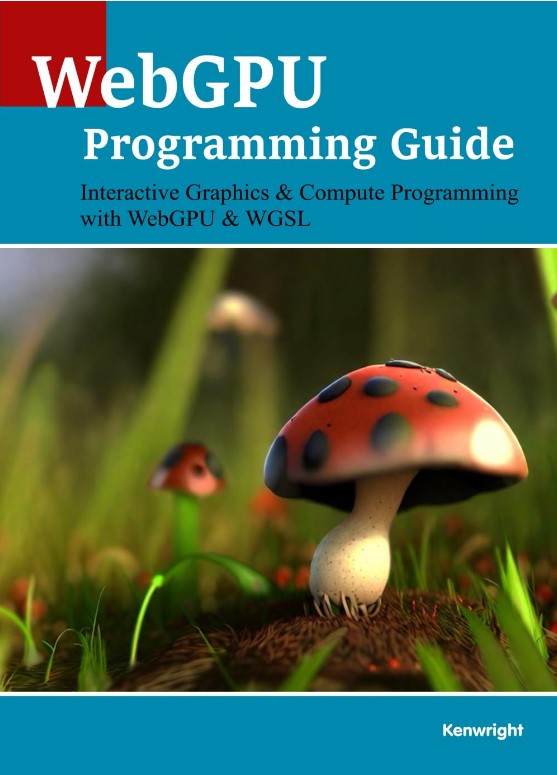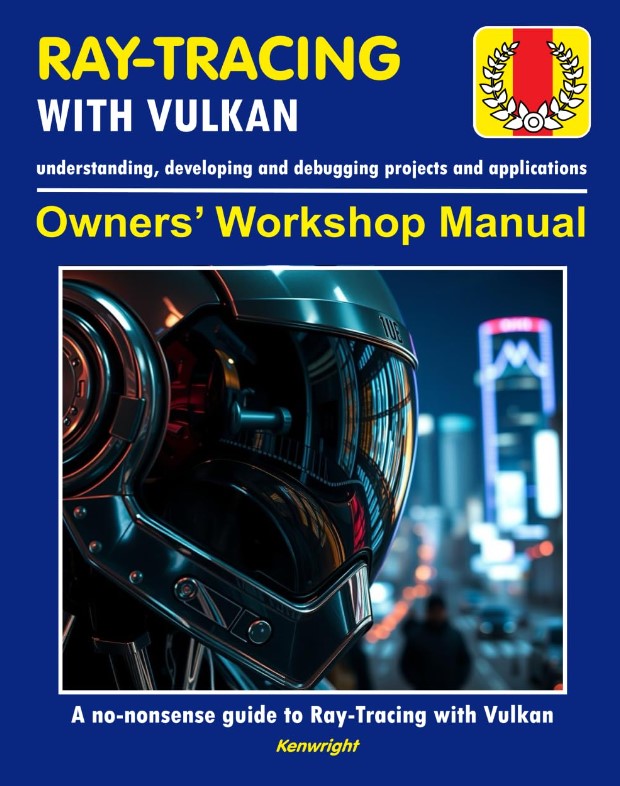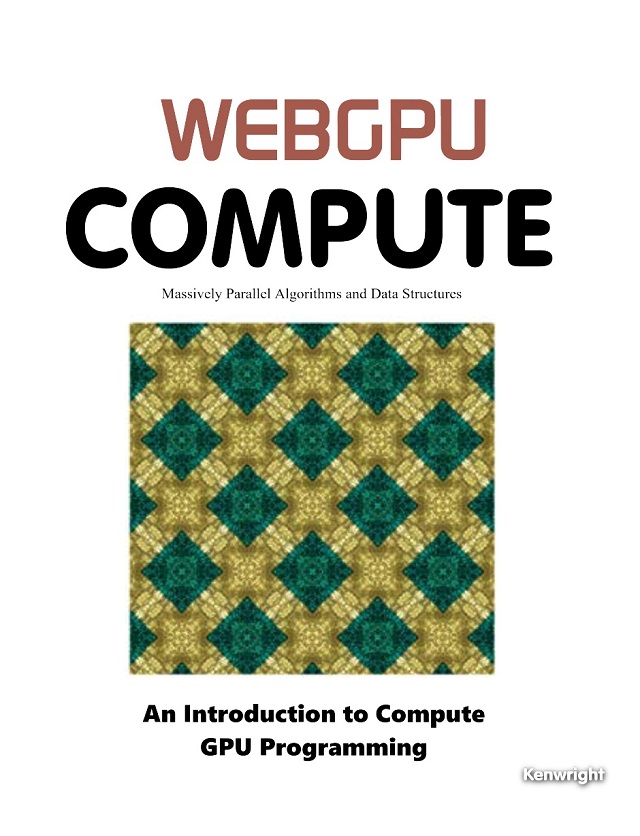


WebGPU Shader Language Development: Vertex, Fragment, Compute Shaders for Programmers
A groundbreaking work that transforms our understanding of the subject. This book has been acclaimed by critics and readers alike as a must-read masterpiece.
Book Description
In this compelling and insightful work, the author delves deep into the subject matter, providing readers with a comprehensive understanding that is both accessible and profoundly enlightening.
Key Features:
- Comprehensive coverage of all essential topics
- Real-world examples and case studies
- Practical applications and implementation guidance
- Interviews with leading experts in the field
- Actionable insights you can apply immediately
Whether you're a novice looking to understand the basics or an expert seeking advanced insights, this book offers value at every level. The clear writing style and thoughtful organization make complex concepts easy to grasp.
What You'll Learn:
- The fundamental principles that underlie the subject
- How to apply these principles in practical situations
- Advanced techniques used by professionals in the field
- How to avoid common pitfalls and mistakes
- Strategies for continued learning and mastery
Customer Reviews
4.8
based on 1,242 reviews

Dr. Ingrid Novak
Quantum Computing Expert
"Fantastic read! Couldn't put it down. 5/5 stars!"

Sophie Nguyen
UX Designer
"What sets WebGPU Shader Language Development: Vertex, Fragment, Compute Shaders for Programmers apart is its attention to nuance. Rather than presenting simplified models, the author embraces complexity while maintaining clarity. The case studies in chapters 5, 7, and 9 are particularly illuminating, demonstrating how the principles apply in varied contexts."

Dr. Omar El-Sayed
Machine Learning Lecturer
"After spending considerable time with WebGPU Shader Language Development: Vertex, Fragment, Compute Shaders for Programmers, I'm impressed by how the author balances depth with accessibility. The first three chapters establish a strong foundation, while the middle sections develop the core concepts with numerous practical examples. The final section synthesizes these ideas in a way that feels both surprising and inevitable—a hallmark of excellent structuring."

Rachel Kim
Data Scientist
"WebGPU Shader Language Development: Vertex, Fragment, Compute Shaders for Programmers represents a significant contribution to the field. The author's meticulous research is evident throughout, with extensive references to both classical and contemporary works. The theoretical framework provides a robust foundation for the arguments presented, making this essential reading for scholars."

Ben Carter
Cloud Infrastructure Engineer
"What sets WebGPU Shader Language Development: Vertex, Fragment, Compute Shaders for Programmers apart is its attention to nuance. Rather than presenting simplified models, the author embraces complexity while maintaining clarity. The case studies in chapters 5, 7, and 9 are particularly illuminating, demonstrating how the principles apply in varied contexts."
Reader Discussions

Readaholic
Aug 9, 2025The case studies are incredibly relevant and help ground the theory in real-world applications.

BookLover42
Aug 20, 2025The author’s insights into ethical AI development are both timely and thought-provoking.

Bibliophile
Aug 21, 2025This book bridges the gap between theory and implementation better than any I've read.

QuantumDrifter
Aug 11, 2025The explanations are so well-structured, even complex topics like backpropagation feel intuitive.

PrimeFactor
Aug 11, 2025A goldmine for anyone working in computer vision—concise, practical, and well-researched.

PageTurner
Aug 19, 2025A brilliant walkthrough of robotics kinematics—clear diagrams and solid math throughout.

PiCurious
Aug 12, 2025The case studies are incredibly relevant and help ground the theory in real-world applications.

LogicLoop
Aug 16, 2025Every chapter ends with exercises that actually reinforce learning—rare and valuable.

AstroCryptid
Aug 29, 2025I finally understand backpropagation thanks to this book’s intuitive examples.

AstroCryptid
Aug 25, 2025The author's approach to explaining complex algorithms is refreshingly clear.
Join the Discussion
Related News
You May Also Like

WebGPU Programming Guide: Interactive Graphics & Compute Programming with WebGPU & WGSL (Paperback)
by Author
Ray-Tracing with Vulkan - Owners' Workshop Manual - Computer Programming (Beginners Onwards) (Paperback)
by Author
Book Statistics
Find This Book On
Awards & Recognition
- #1 Bestseller in Category
- Editor's Choice Award 2023
- Reader's Choice Award
- Book of the Month Selection